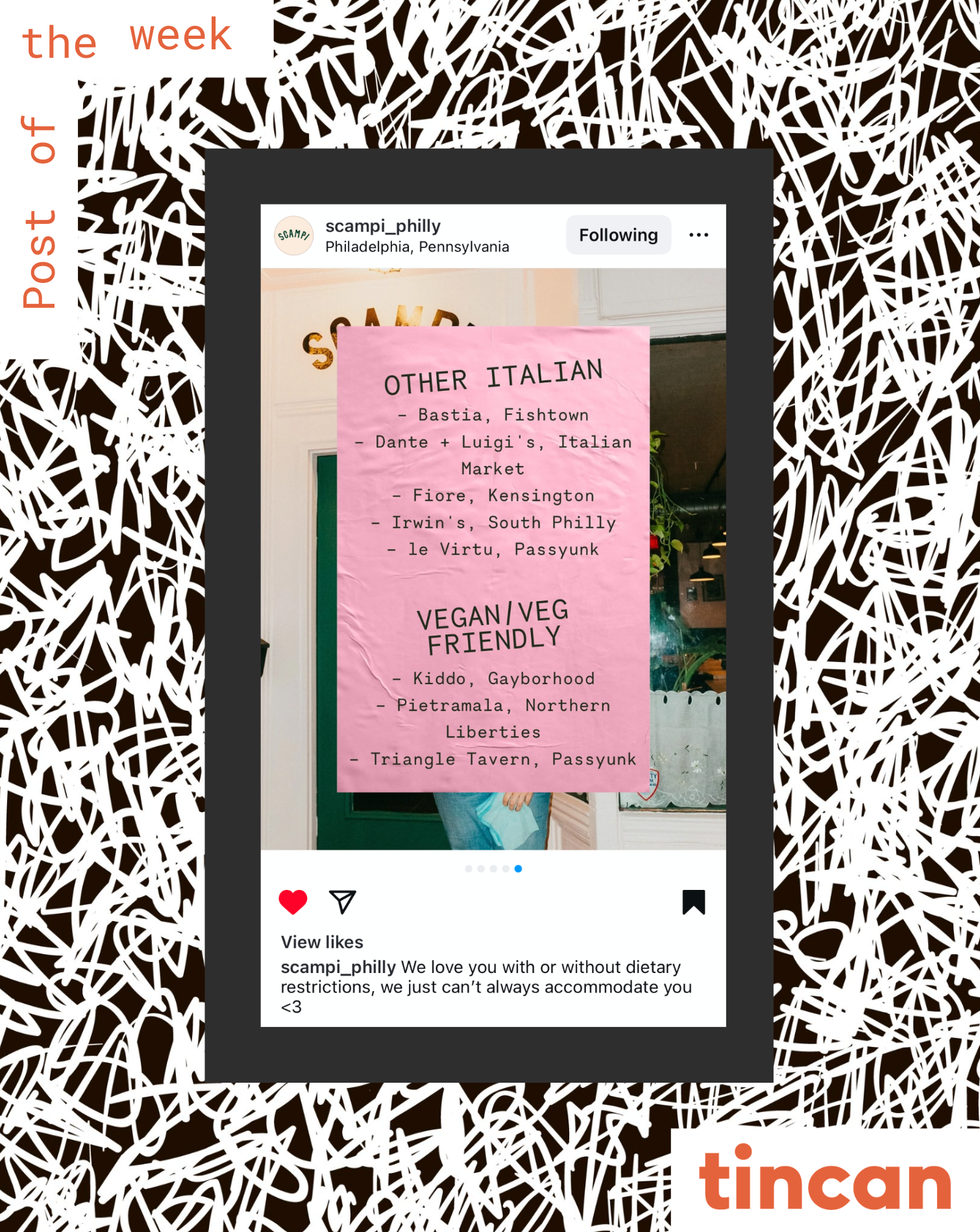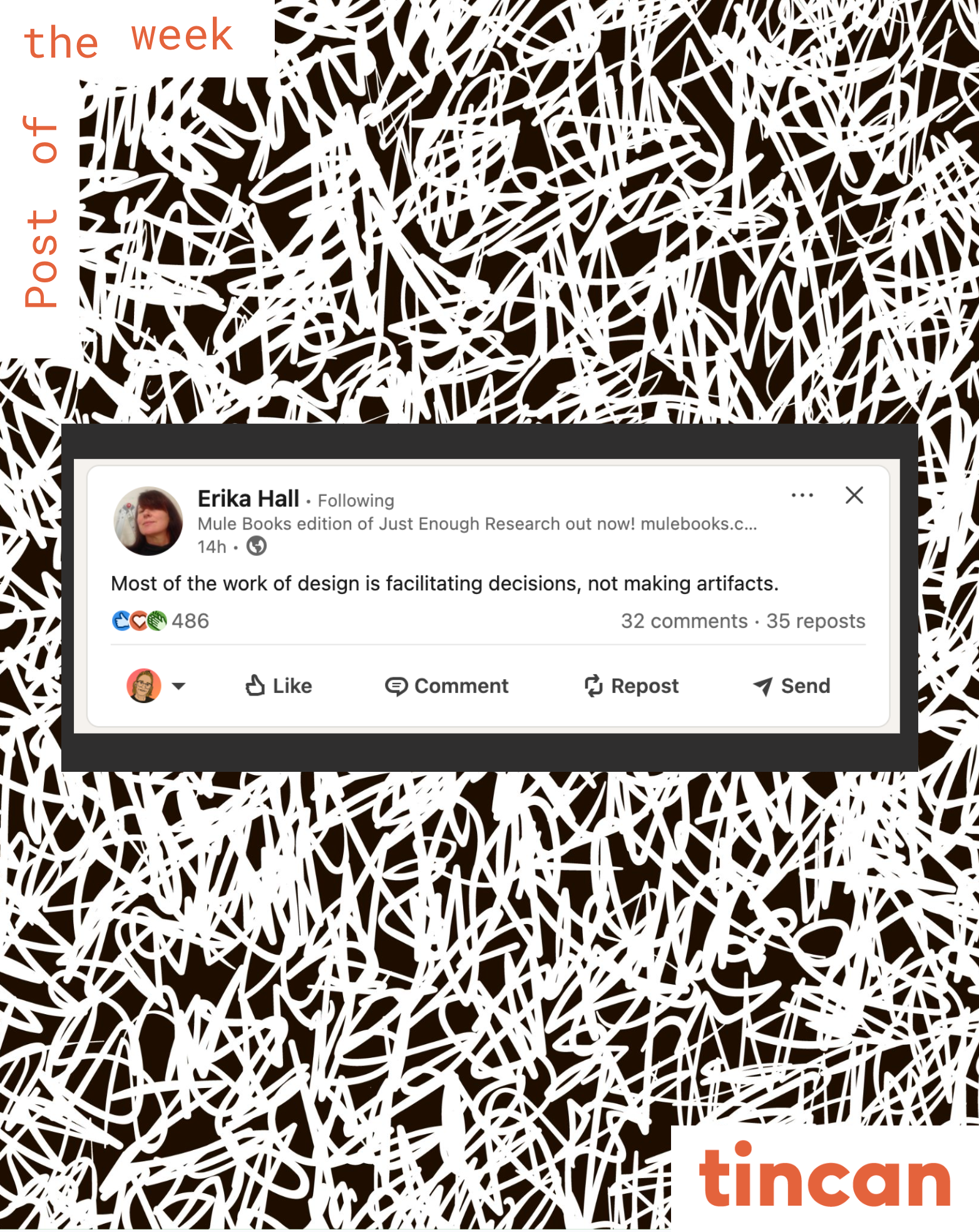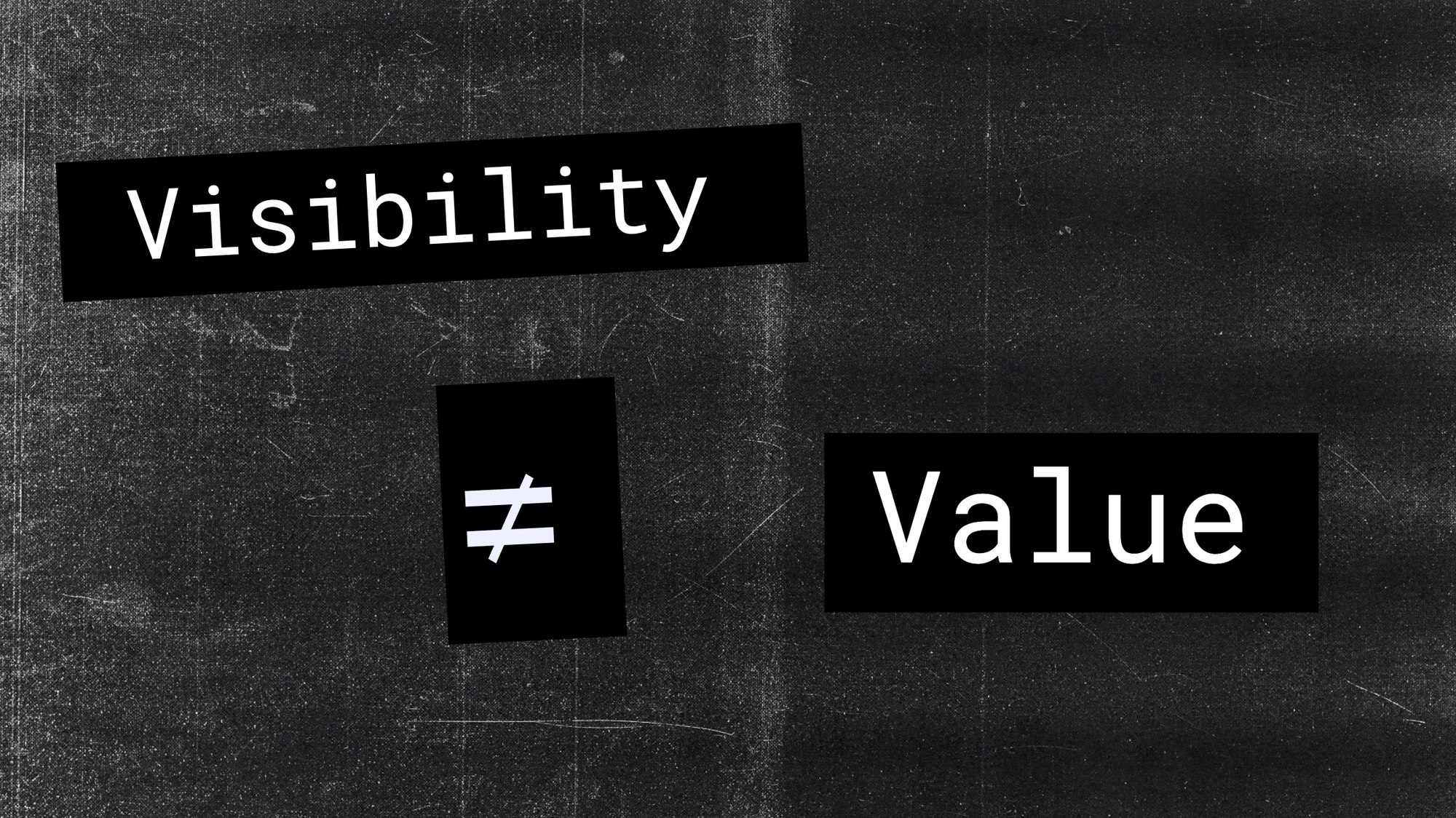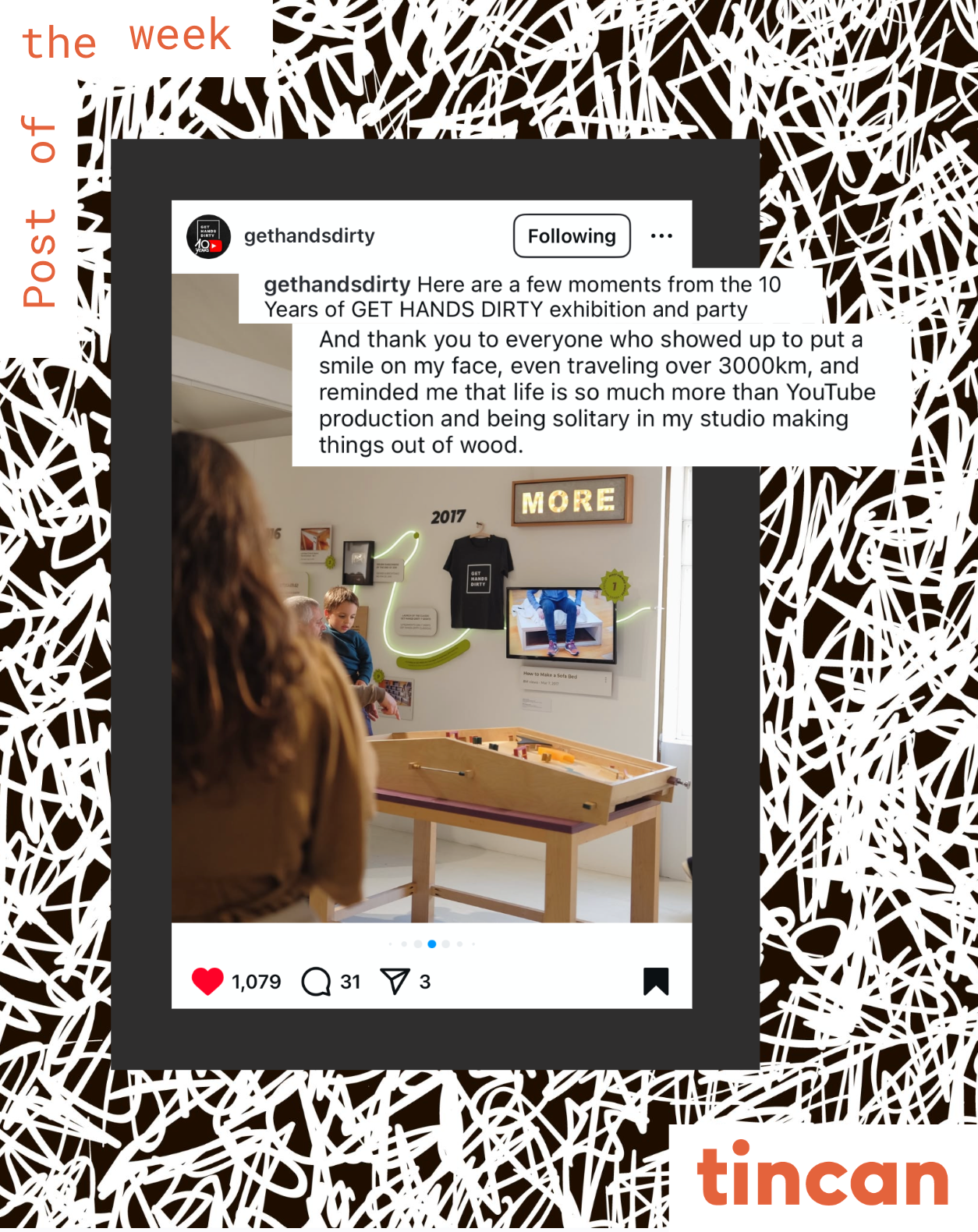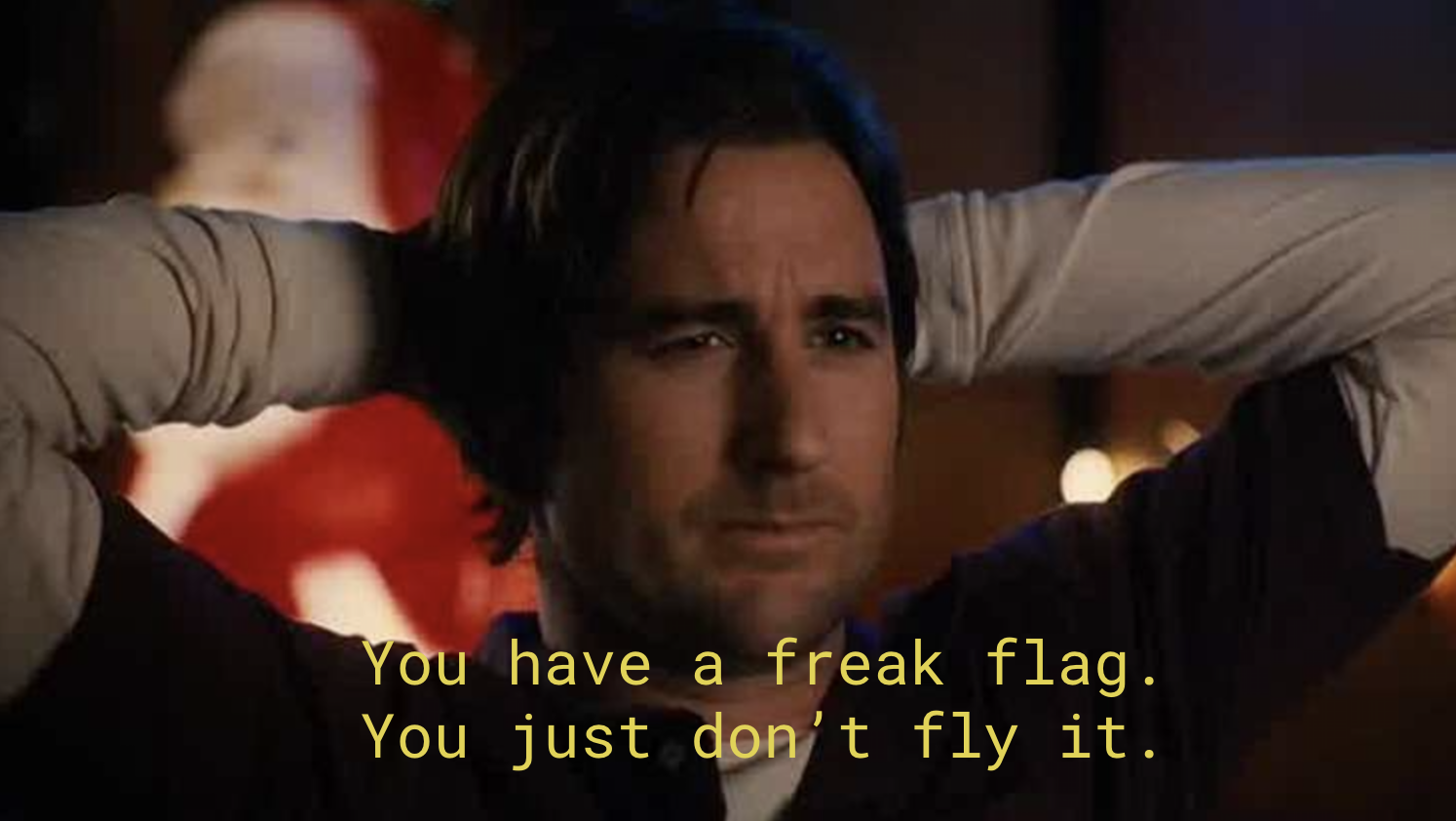
It’s the season of gift guides, Spotify Wrapped, and year-in-reviews—the annual parade of listicles engineered for maximum clicks. Gift guides, in particular, have become their own bizarre genre of marketing theater. Every influencer, Substack writer, and brand has a take on things you didn’t know you needed. What began as a straightforward way to showcase sponsored content has ballooned into a frenzy of hyper-curated consumerism, embraced by everyone from media giants to neighborhood micro-influencers.
But beneath the endless links and affiliate codes, there’s an opportunity: this might finally be our moment to get weird—to embrace the unhinged and un-marketable. Like those delightfully ridiculous Christmas movies with bonkers plot twists, now’s the time to let our freak flags fly.
The Marketable Newsletter Machine
Substack didn’t invent list-based recommendation culture, but it’s perfected it. These days, everyone’s a writer (myself included). Whatever your niche, there’s a newsletter for it—and often a paywall too. To justify those subscriptions, Substack writers churn out content like one-person magazines, leaning on reliable formats like gift guides and personal roundups.
The result? An ecosystem so dense it’s starting to eat itself. Subscribe to one newsletter, and you’re quickly tangled in a web of cross-links and recycled ideas.
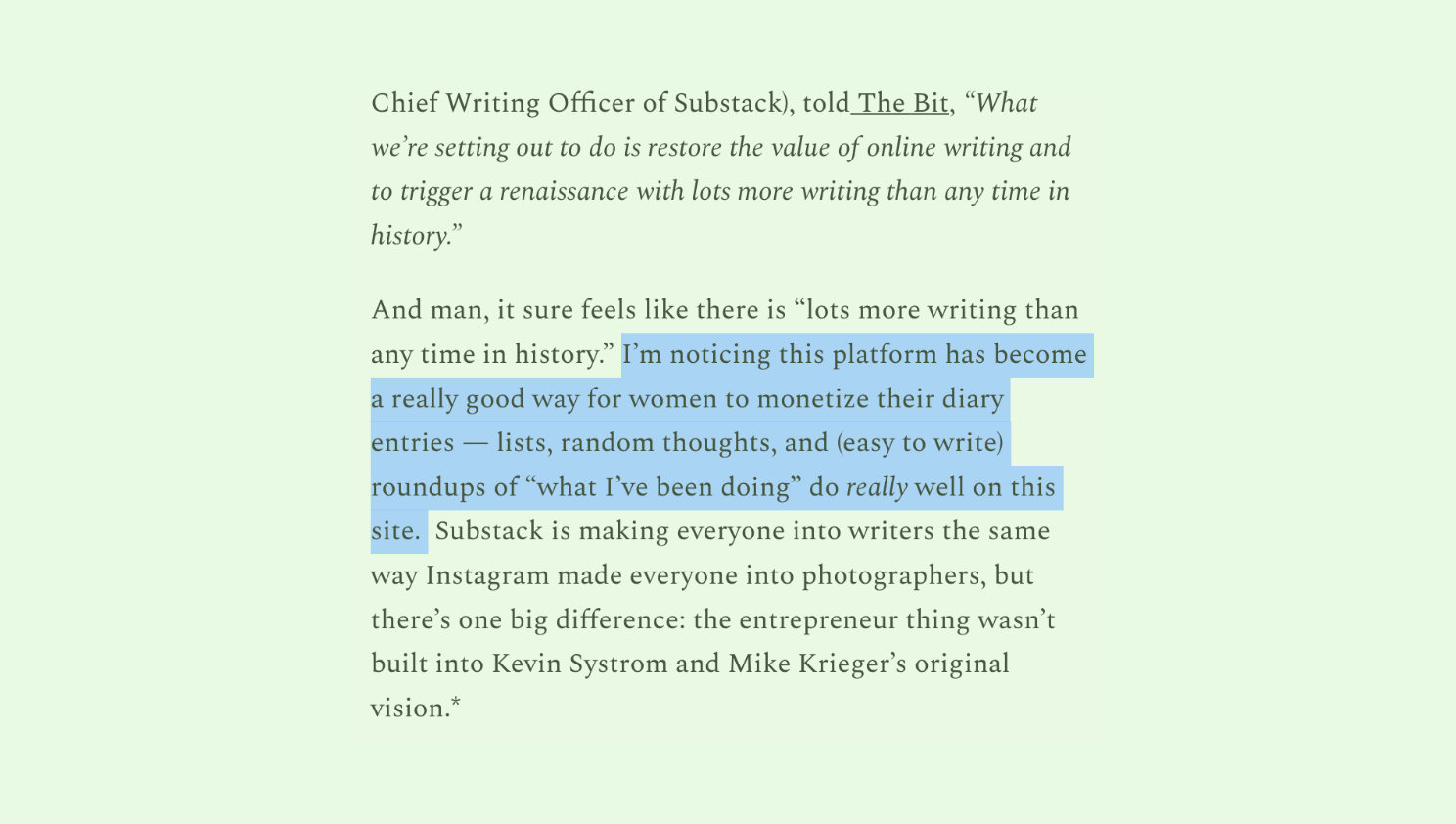
As Emily Sundberg points out in The Machine in the Garden, Substack’s monetization model nudges writers toward what’s marketable, not what’s inventive. She compares it to the early days of Instagram, when better smartphone cameras created a flood of the same polished aesthetic. Brands embraced this “authentic” content, fueling the rise of influencers and elevating income over creativity. Substack is no different.
Instead of photos, it packages writing into its own replicable formula. Intimacy becomes a product. Vulnerability becomes part of the brand. As Sundberg puts it: “This platform has become a really good way for women to monetize their diary entries—lists, random thoughts, and (easy to write) roundups of ‘what I’ve been doing’ do really well on this site.” The diary-like tone may feel personal, but it reinforces Substack’s version of sameness.
Escaping the Feed
Lately, I’ve been craving something else. I’ve been actively running away from the internet, visiting museums, playing and watching sports, flipping through print magazines. There’s nothing more escapist than losing myself in the pages of a British interiors magazine. House & Garden (UK) and The World of Interiors feature eclectic homes full of furniture that’s ten times older than the internet itself. Each space feels layered and personal, a slow burn of taste built over time. No algorithms in sight.
Marlowe Granados captures this longing perfectly. I found her through (of course) another Substack, and was immediately hooked when she mentioned reading vintage House & Garden from her grandmother’s collection. In An Ode to Having Taste, Granados critiques the growing obsession with seeming interesting—flaunting media preferences or brand choices instead of developing real, personal taste.
Her advice is radical in its simplicity: cultivate your own taste.
“You recognize taste when you step into someone’s world and it feels like you’ve been transported.You may never know that person’s interior life but you see hints of it everywhere.The effort the person has made to surround themselves with things they love and find beautiful is so clear. The effect on the visitor should not be to replicate their exact sensibilities but for you to develop your own more deeply. ”
Exactly. The point isn’t to copy someone else’s aesthetic or port it into your newsletter—it’s to let it spark something in you. Let it feed your weirdness.
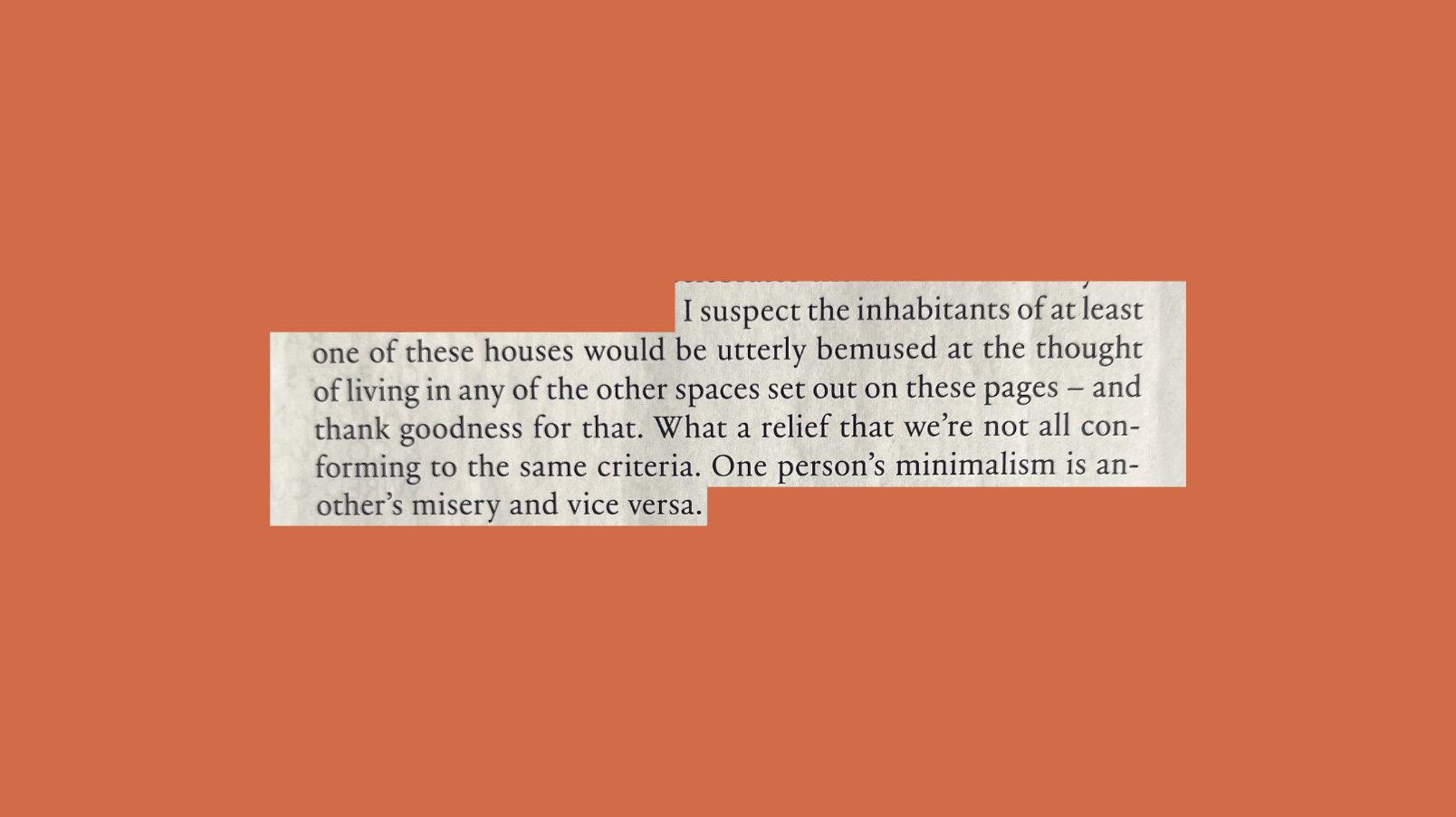
Emily Tobin, editor of The World of Interiors, echoed a similar thought in her November letter:
“I suspect the inhabitants of at least one of these houses would be utterly bemused at the thought of living in any of the other spaces set out on these pages—and thank goodness for that. What a relief that we’re not all conforming to the same criteria. One person’s minimalism is another’s misery and vice versa.”
In a world that sands down every edge to make things marketable, being unapologetically yourself is its own rebellion.
Marketability Is Not the Goal
Sometimes, I miss the internet’s old messiness. MySpace was a shrine to individuality; every profile a chaotic masterpiece. Tumblr encouraged creation without explanation. Today’s web feels paved over, increasingly optimized and unsurprising.
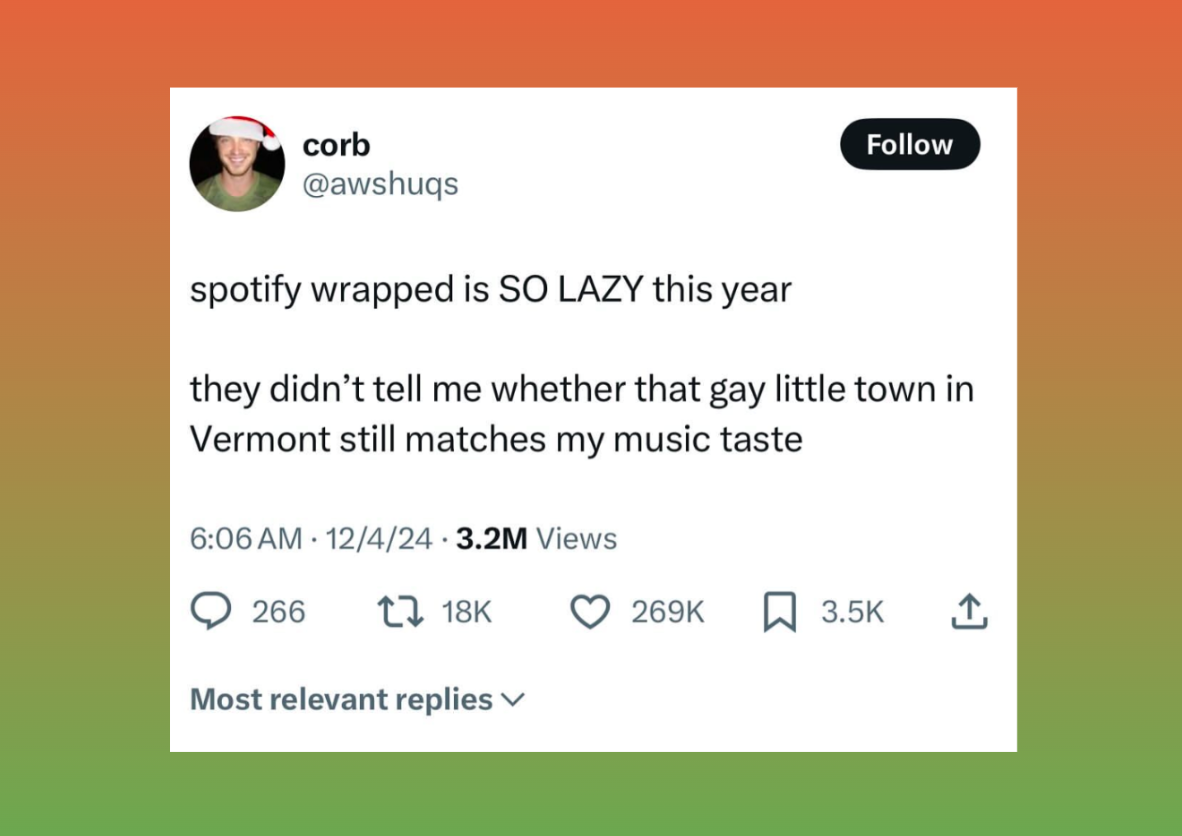
Even Spotify Wrapped—once quirky and delightful—now reads like a quarterly earnings report. A tweet nailed it: “They didn’t tell me whether that gay little town in Vermont still matches my music taste.” In 2022, my Wrapped told me I preferred to start my day with Evocative Transcendental Sorrow. Where was that absurd specificity this year? I want them to tell me what I listened to without actually telling me what I listened to!
Orla Gartland, one of my top artists, posted: “to everyone who had me in their wrapped: u ok?” (She writes a lot about anxiety and depression.) Now that’s the ticket!!!
Most content today is strategically sound. It looks good. It gets engagement. It hits all the right notes. But what if we stepped away from all that?
What if we made things just because they were cool, weird, or undeniably ours?

The rare exceptions—the things that feel truly alive—stand out more than ever. Take RAIR’s holiday cards: totally bizarre, totally brilliant. They radiate personality. They’re proof the chaotic spirit of the internet still exists.
Let’s make more of that.


